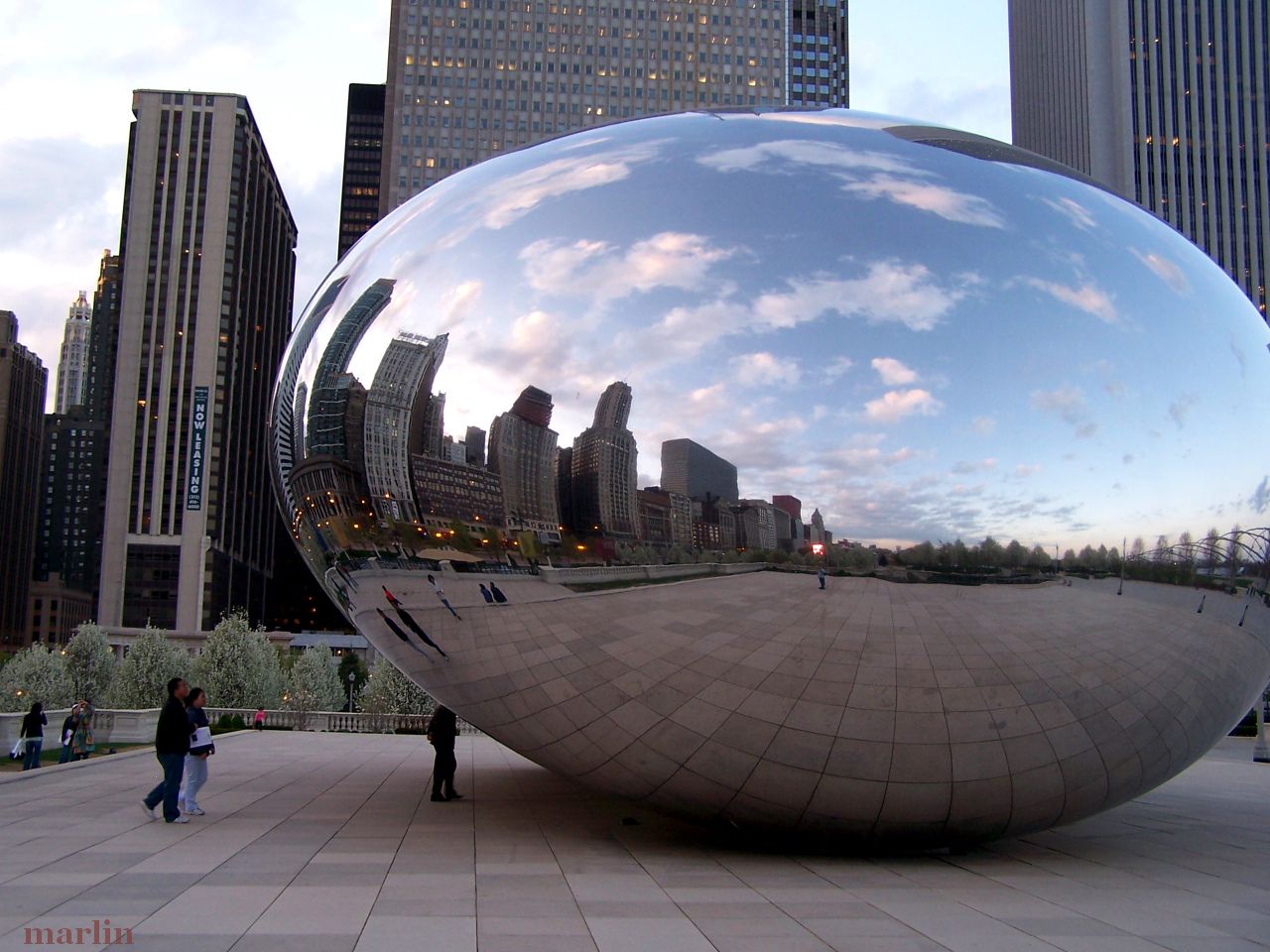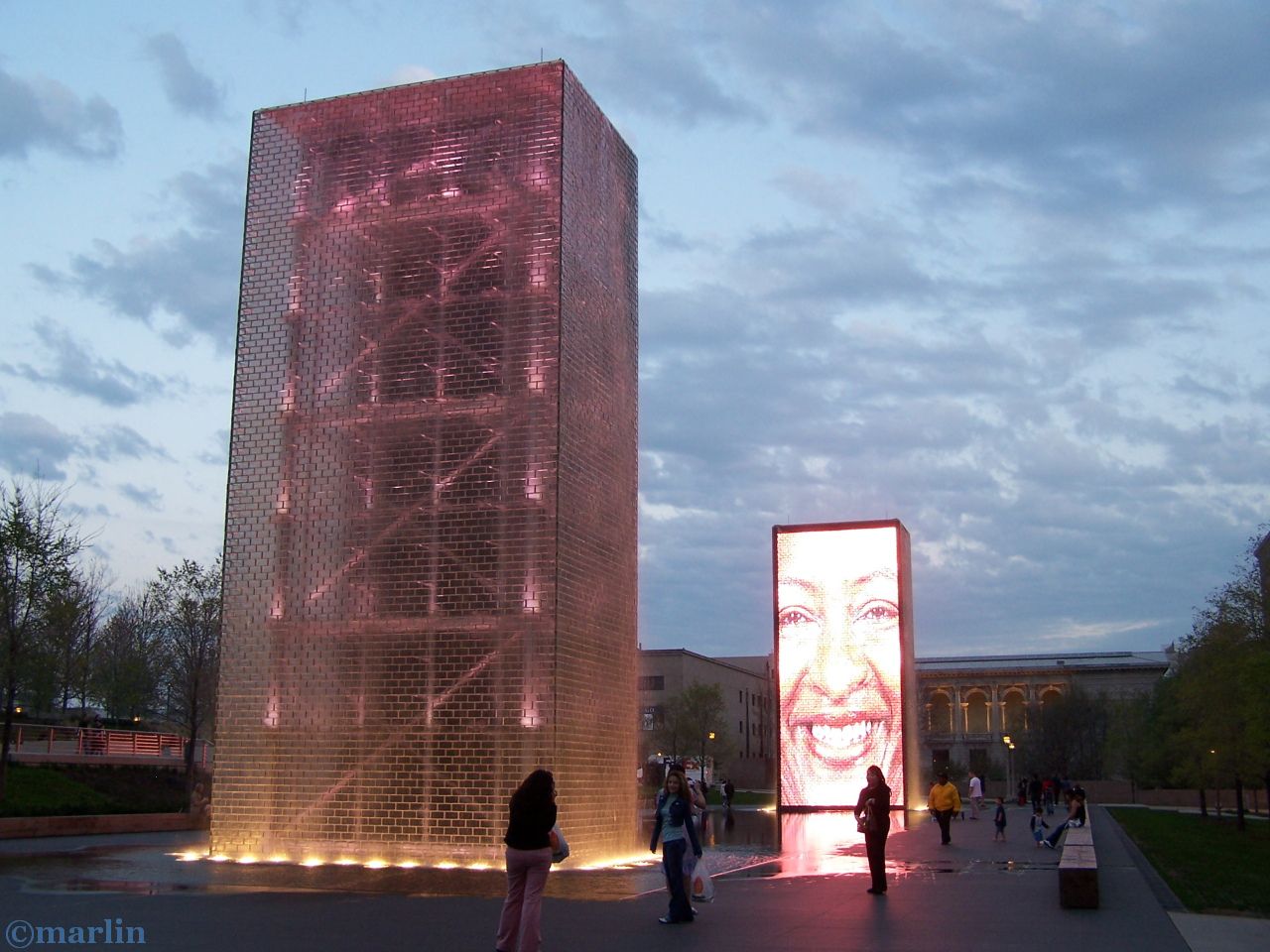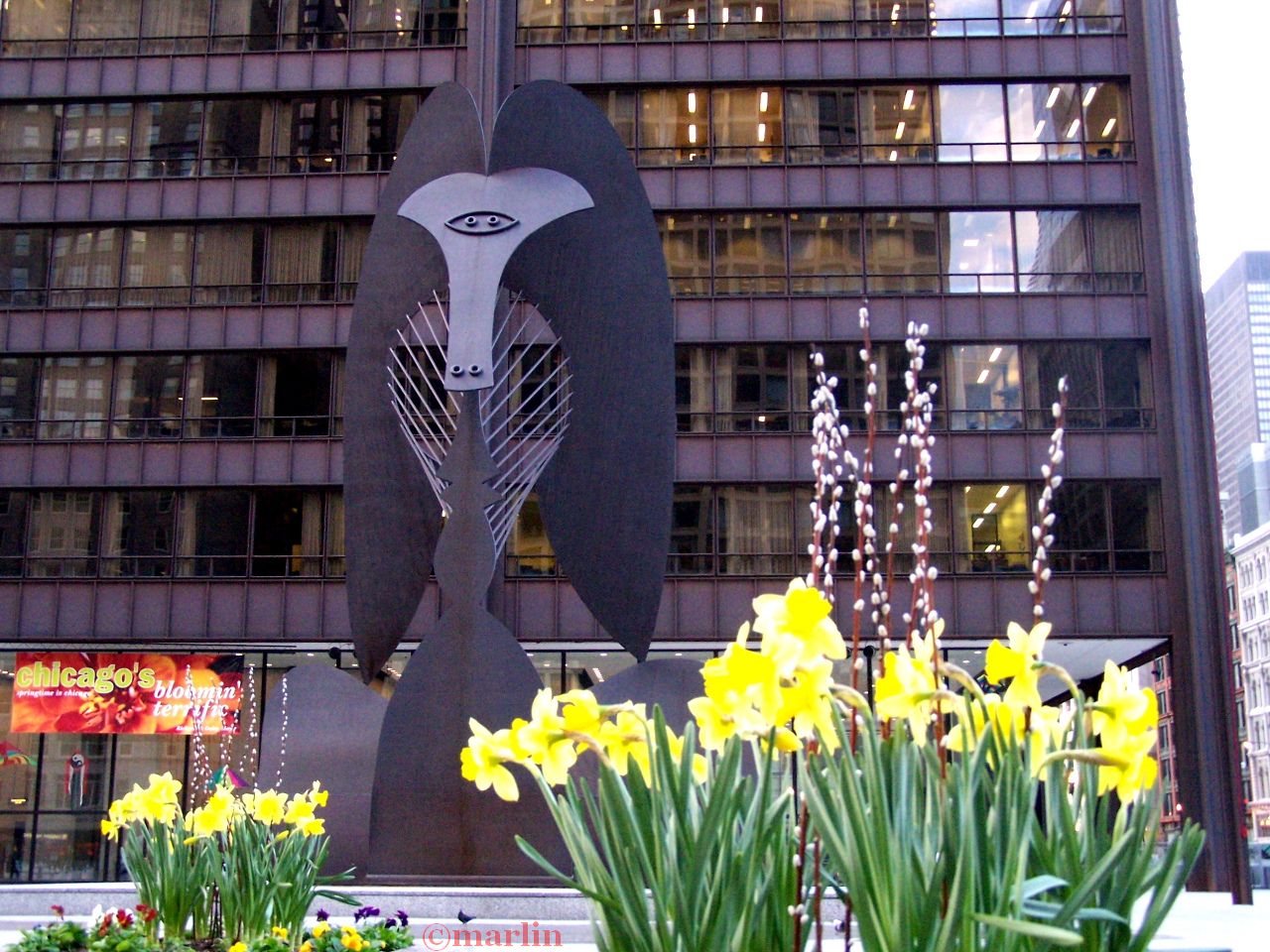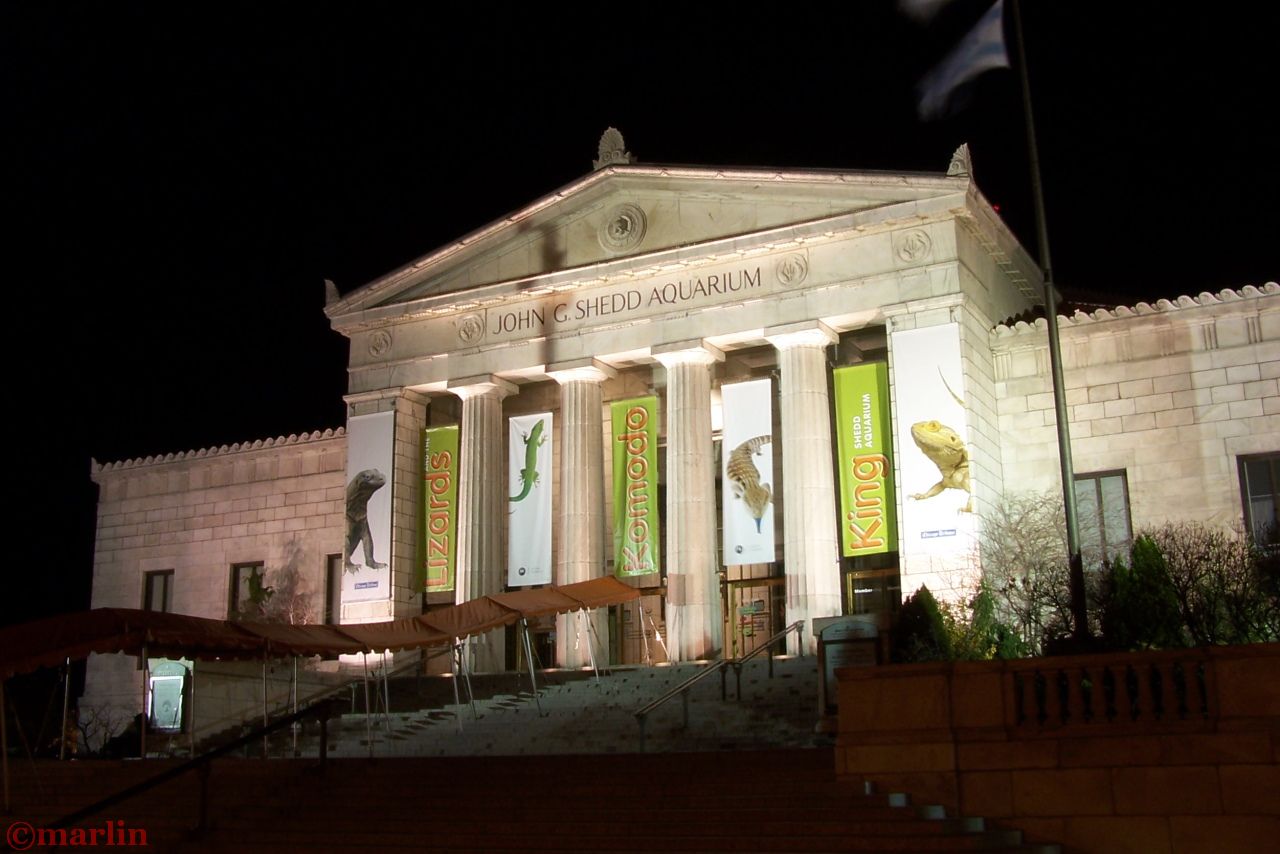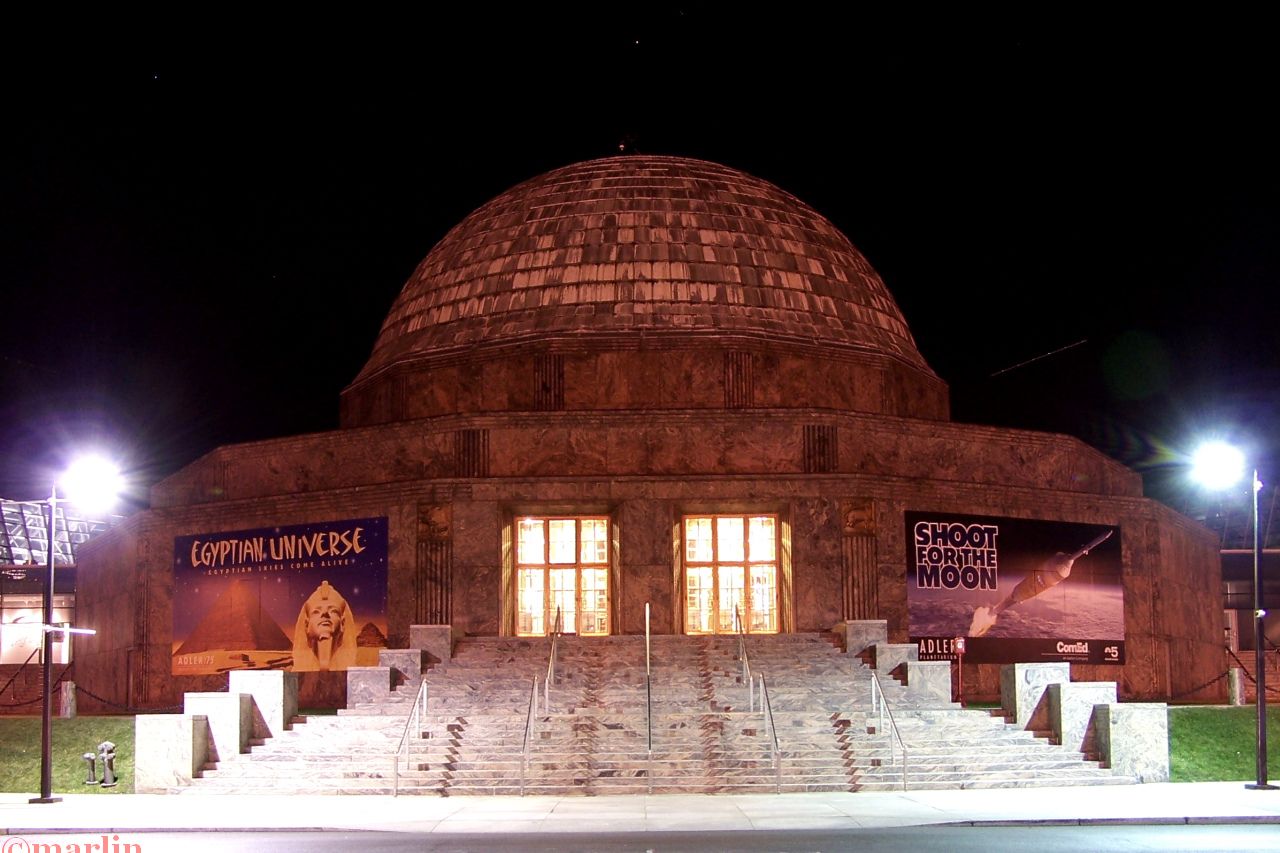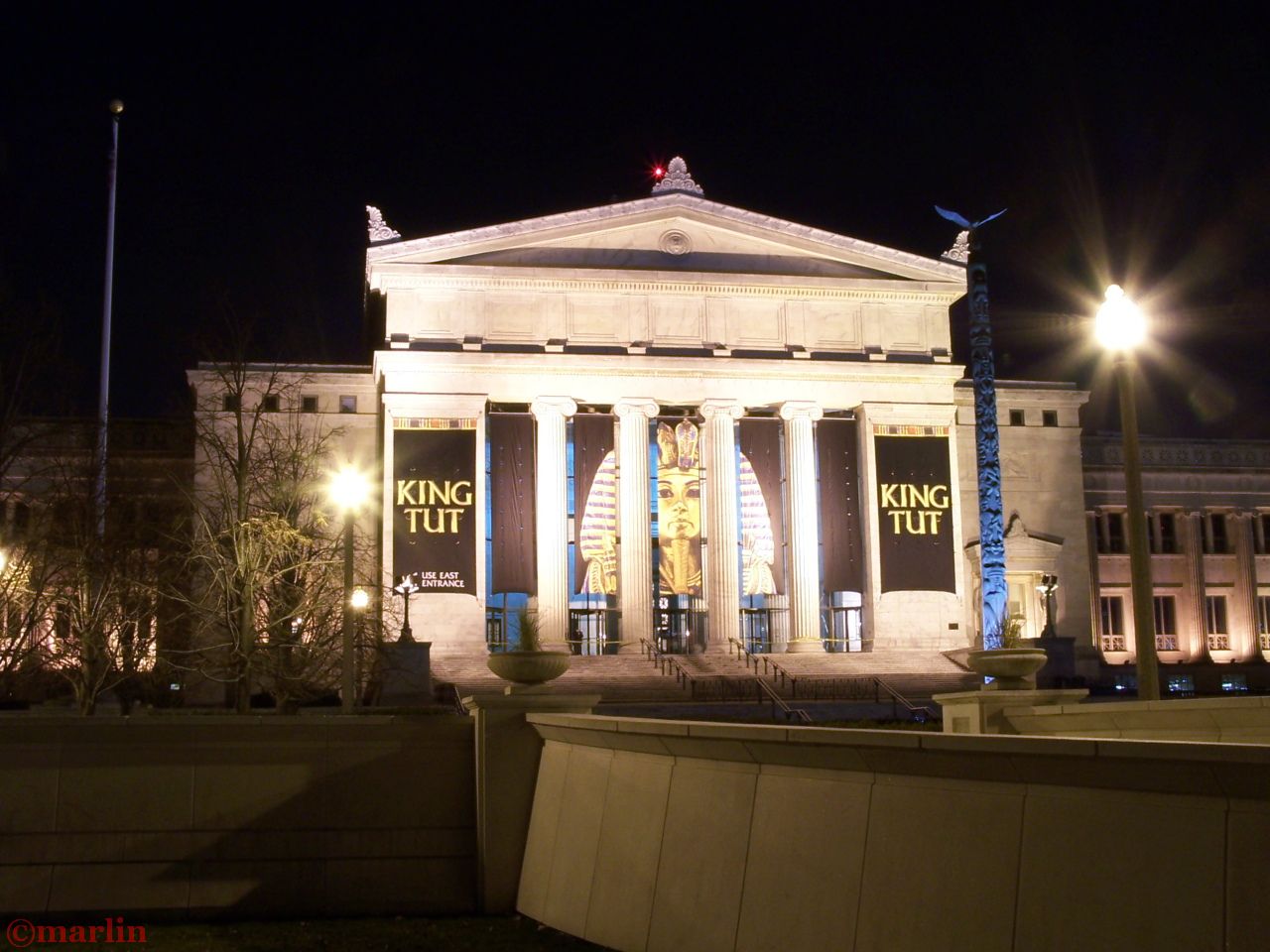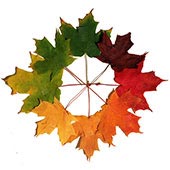Chicago, Illinois – The Windy City
The City of Chicago covers an area of nearly 150,000 acres (approx. 234 square miles) and sits 578 feet above sea level on the shore of Lake Michigan, in northeastern Illinois. Lake Michigan is second largest of the Great Lakes (after Superior) and the 5th largest fresh water lake in the world, at 118 miles across and over 300 miles long.
Chicago is famous as a culturally diverse city, with the largest Polish-speaking population outside Poland, and vibrant African American, Hispanic, Asian, and many other ethnic communities woven into its 77 distinct neighborhoods.
A very passionate sports town, Chicago is one of only one of four U.S. cities to field teams in all five professional team sports (baseball, football, basketball, hockey, soccer). With The Cubs, White Sox, Bears, Bulls, and Blackhawks, Chicago is the Only U.S. city with five professional sports venues within city limits. The Chicago Cubs are the oldest baseball team still playing in their original city.
Chicago’s Water Tower
Michigan and Chicago Avenues. Year Built: 1869.
The tower and its associated pumping station were two buildings to survive the great Chicago fire of 1871. The buildings were designed in a castellated, Gothic style and were once described by famous author and satirist Oscar Wilde as a “monstrosity with pepper boxes stuck all over it.” Nevertheless, the tower has come to represent the resilient spirit of the Chicago pioneers and continues to stand as a symbol of the Great City of Chicago. In May of 1969, during its centennial, the Chicago Water Tower was selected by the American Water Works Association to be the first American Water Landmark.
The Cloud Gate Sculpture at Chicago’s Millennium Park features a 12-foot-high arch “gate” to the concave chamber beneath the artwork, inviting visitors to touch its mirror-like surface and see their image reflected back from a variety of perspectives. Cloud Gate is British artist Anish Kapoor’s first public outdoor work installed in the United States.
The sculpture was completed on August 28, 2005, and officially unveiled on May 15, 2006. Chicagoans immediately dubbed it “The Bean” and the official name was relegated to relative obscurity. The Bean is a unique experience and has become a focal point of Chicago’s lakefront parks. The copyright for the sculpture resides with the artist, Anish Kapoor.
Designed by Spanish artist Jaume Plensa and inspired by the people of Chicago, The Crown Fountain is a major addition to the city’s world-renowned public art collection. The fountain consists of two 50-foot glass block towers at each end of a shallow reflecting pool. The towers project video images from a broad social spectrum of Chicago citizens, a reference to the traditional use of gargoyles in fountains, where faces of mythological beings were sculpted with open mouths to allow water, a symbol of life, to flow out.
Plensa adapted this practice by having faces of Chicago citizens projected on LED screens and having water flow through a water outlet in the screen to give the illusion of water spouting from their mouths. The collection of faces, Plensa’s tribute to Chicagoans, was taken from a cross-section of 1,000 residents.
The Chicago Picasso, an unpainted, three-dimensional, cubist sculpture standing 50 feet tall and weighing 162 tons, is made of Corrosive Tensile (“Cor-Ten”) steel, the same material used to build the Daley Center. The steel is designed to form a protective coating of iron oxide (rust) which protects the substrate from further corrosion. It is obvious, from examining the surface in 2007, nearly 40 years after installation, that this steel is eminently suited to an urban environment.
Although Picasso never put a name on his design, the sculpture has been compared, variously, to a woman’s profile, a dog, or some sort of bird. The initial reaction of many Chicagoans was one of outrage, or at least distaste for the unfamiliar. Since then, though, the statue has become an unofficial proud symbol of the Windy City and is embraced as an outstanding civic treasure.
Chicago’s Chagall Mosaic, “The Four Seasons” (Les Quatres Saisons)
First National Plaza, Dearborn and Monroe Streets
Artist: Marc Chagall. Unveiled September 27, 1974
The mosaic is a rectangular box 70 feet long by 14 feet high by 10 feet wide. The design, which wraps around all four sides of the rectangle, was a gift to the city by the artist. The construction was privately funded. The glass and stone used came from Italy, France, Norway, Belgium, and Israel. Chagall was present when the mosaic was dedicated in September 1974.
Chicago’s Shedd Aquarium
1200 South Lake Shore Drive, Chicago
Phone: 312 939-2438.
Directions: On the lakefront museum campus between the Field Museum and Adler Planetarium.
Chicago’s John G. Shedd Aquarium opened its doors May 30, 1930. The Shedd shares Chicago’s lakefront museum campus with the Adler Planetarium and the Field Museum of Natural History. One of the most visited aquariums in the world, it attracts 2 million visitors annually.
The aquarium contains over 25,000 fish, and was at one time the largest indoor aquarium in the world. It was the first inland facility to host a permanent saltwater fish collection. With the addition of the 3 million gallon Oceanarium in 1991, it became also the largest indoor marine mammal facility in the world.
Its exhibition of captive Beluga whales, white-sided dolphins, and other aquatic mammals has stirred controversy and drawn opprobrium from animal-rights activists. The whole collection comprises more than 1500 species of fish, mammals, birds, reptiles, amphibians, and arthropods.
Chicago’s Adler Planetarium
1300 South Lake Shore Drive Chicago, IL 60605-2403
(312) 322-7827
The Adler Planetarium & Astronomy Museum in Chicago, Illinois was the first planetarium built in the Western Hemisphere and is the oldest in existence today. It should be noted that “planetarium” is technically only the name for the machinery used to project images of the stars and planets on the inside of the building’s dome-shaped auditorium ceiling.
Dedicated on May 10, 1930, declared a National Historic Landmark in 1987. The architect Ernest Grunsfeld was awarded the gold medal of the Chicago Chapter of the American Institute of Architects in 1931 for its design. Located on Northerly Island, it is a part of Chicago’s museum campus along with the Shedd Aquarium and the Field Museum of Natural History.
Field Museum of Natural History
1400 S Lake Shore Dr, Chicago, IL 60605
(312) 922-9410
Open 9am – 5pm every day except Christmas
Chicago Attractions
Picasso Sculpture
Chicago Water Tower
Adler Planetarium
The Bean (Cloud Gate)
Shedd Aquarium
Chagall Mosaic “The Four Seasons”
Crown Fountain | Millennium Park

